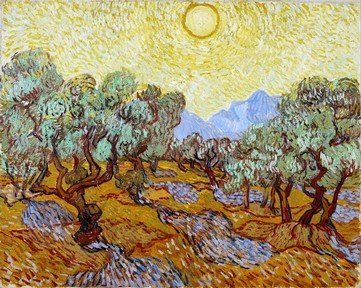Quiz Answer Key and Fun Facts
1. During which 1759 battle of the French and Indian War is the 1770 painting "The Death of General Wolfe" set?
2. Which season is depicted in the 1851 painting "Washington Crossing the Delaware"?
3. In the 1801 Jacques-Louis David painting, "Napoleon Crossing the Alps", which names are inscribed on the stones along with Bonaparte (Napoleon's)?
4. In the capitol building of which US state can the 1886 William Henry Huddle painting entitled "Surrender of Santa Anna" be found?
5. The painting "The Thin Red Line" depicts a group of British soldiers at the Battle of Balaclava in 1854. These soldiers are from which part of the United Kingdom?
6. At the museum and visitor center for Gettysburg National Military Park is a large painting showing the battle. What is unusual about this painting?
7. The 1877 painting "The Attack at Dawn" was created by a veteran of which 19th century conflict?
8. The title of a 1919 John Singer Sargent painting refers to the method by which the men in the painting received their injuries. How were the men injured?
9. Which artist created the 1937 painting "Guernica", referencing the Spanish Civil War?
10. Which Middle Eastern conflict is depicted in Nabil Kanso's 1977 painting, "The Vortices of Wrath"?
Source: Author
bernie73
This quiz was reviewed by FunTrivia editor
ponycargirl before going online.
Any errors found in FunTrivia content are routinely corrected through our feedback system.
